Kazakh voters say “yes” to nuclear power
.png)
A historic referendum in Kazakhstan this past weekend showed that its citizens strongly support adding nuclear generation to the nation’s energy supply.

.png)
A historic referendum in Kazakhstan this past weekend showed that its citizens strongly support adding nuclear generation to the nation’s energy supply.
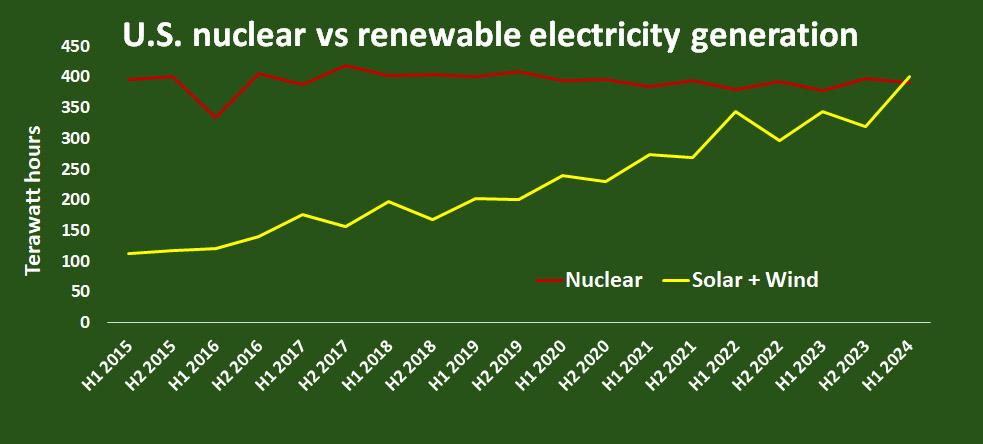
The combined energy generation in the United States from solar and wind during the first half of the year was more than that of nuclear plants for the first time, according to data from energy think tank Ember.
Electricity generation from utility-scale solar and wind assets during the first half of 2024 was a record 401.4 terawatt-hours, compared with 390.5 TWh from nuclear reactors
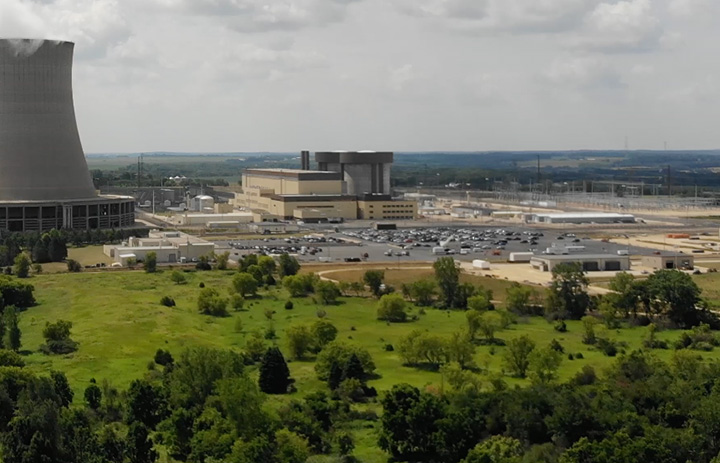
While no development details have been released, Constellation is asking to rezone 658.8 acres of land it owns around the Byron nuclear plant in Illinois for possible long-term use.
The International Atomic Energy Agency launched a collaboration with the Group of 20 this week to highlight the key role that nuclear energy can play in achieving energy security and climate-change goals.
The aim of this first-of-its-kind partnership with G20—the world’s largest economic group—is to build momentum for nuclear power. This is the first time the IAEA has presented to G20 on issues relating to nuclear power.
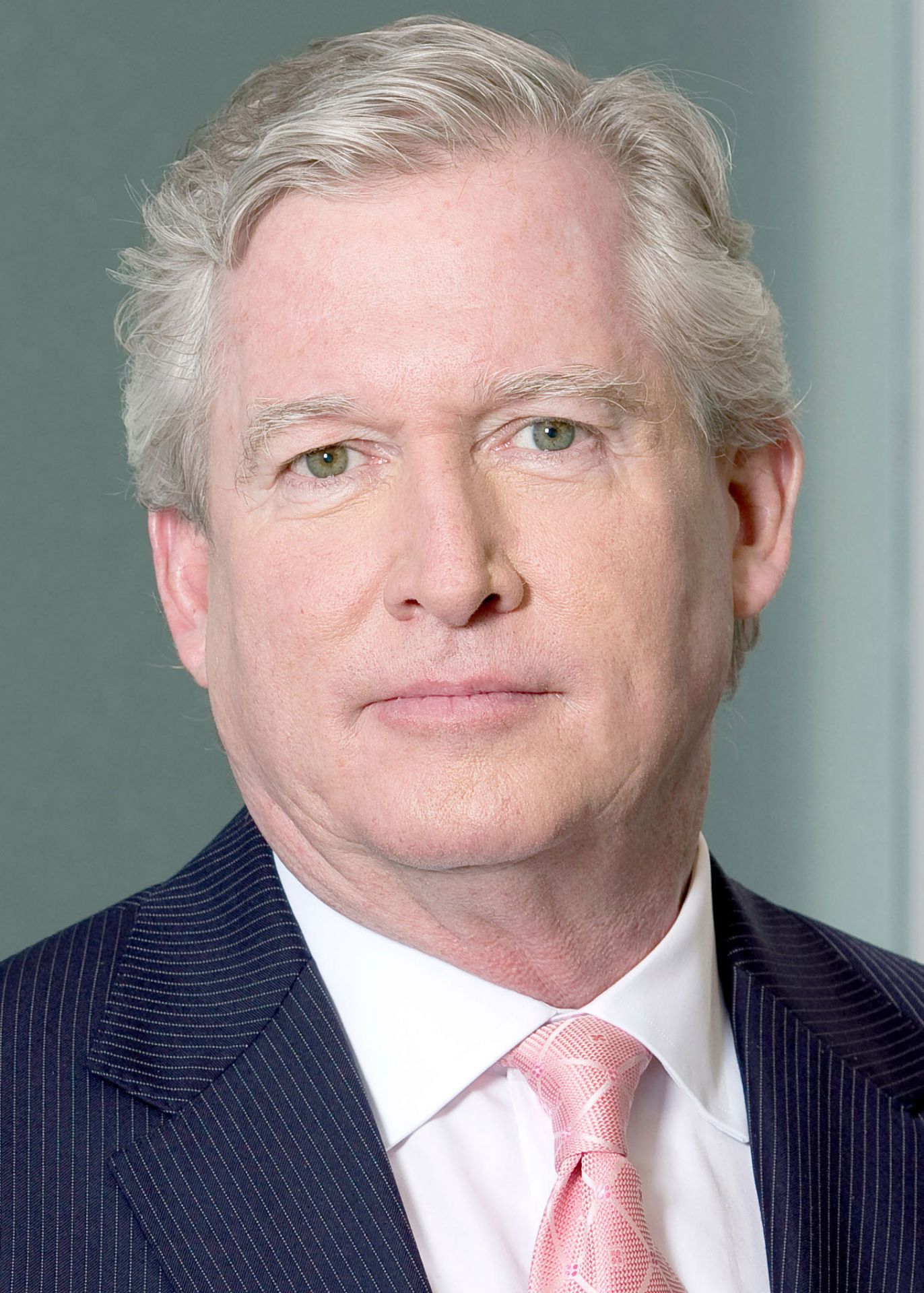
Crane
Exelon announced that Chris Crane, the company’s former chief executive, passed away on Saturday in Chicago at the age of 65.
Crane served as the company’s president and CEO from 2012 until his retirement in December 2022. During his tenure, he steered the energy company through several transformational milestones, including the successful mergers with Constellation Energy in 2012 and Pepco Holdings in 2016, creating the largest utility business by customer count in the United States.
In 2022, with the spin-off of Constellation as the generation and retail side of energy business (with the largest U.S. nuclear fleet), Crane led the creation of a stand-alone transmission and delivery energy company.
New legislation being considered could make Hawaii the 29th state to produce nuclear power—although the proposal faces an uphill battle.
Two bills introduced in the state legislature would pave the way for nuclear power production in Hawaii:

Amy Roma
Flipping on a light switch and knowing that the power will come on is a luxury. While it sounds like a simple act, it is achieved through deliberate government policies that ensure our electricity comes from a mix of sources, some of which are continuously operational—such as nuclear and gas—and some of which only operate at certain times—such as wind and solar. If any one source is unavailable or overly expensive, another source needs to deliver on demand. Diversity of energy sources ensures the grid is able to adapt and recover from changing conditions so that we can always flip the lights on.
While grid resilience—the grid’s ability to anticipate, absorb, and recover from major disruptions and rapidly restore electric service in their wake—is a matter of paramount importance, the source diversity required to achieve this is at risk. For power grids relying on renewables, supply and demand hang in a balance based on time of day and weather.
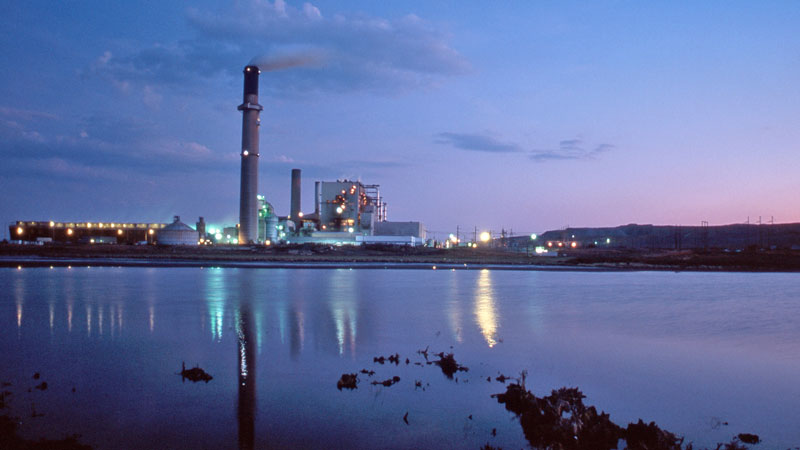
Nuclear power generation surpassed coal generation in the United States for the first time in 2020. As utilities continue to retire coal-fired plants, reusing the shuttered sites to host nuclear reactors could help the nation reach the goal of net-zero emissions by 2050 and prove economically beneficial both for nuclear deployments and for the communities impacted by fossil fuel generation. That’s according to a Department of Energy report released this week, detailing how hundreds of U.S. coal power plant sites that have recently retired or plan to close within the decade could be suitable for new nuclear power plants. Nuclear power’s high capacity factors mean those plants could deliver an added benefit—delivering more baseload power to the grid from the nameplate capacity replacement.

Steven P. Nesbit
president@ans.org
I often say that nuclear energy will play a key role in our clean energy future, and I believe that is true. However, it won’t happen automatically. There is no “divine right” behind nuclear energy. We like to admire the fascinating aspects of nuclear technology, but at the end of the day, it comes down to the money, and that’s where we stubbed our toe badly over the past two decades.
The “Nuclear Renaissance” foundered when advanced light water reactors turned out to be much more expensive than their marketing claimed, while alternatives—primarily natural gas—plummeted in price. We tend to point to impediments to nuclear technology, such as overly restrictive licensing requirements and adverse public opinion, but these matter only to the extent of their impact on the bottom line. Again, it comes down to the money.
Statement from American Nuclear Society President Mary Lou Dunzik-Gougar and CEO Craig Piercy
ANS congratulates NASA for the successful landing of Perseverance on Mars. We look forward to watching from afar its exploration of the Red Planet and search for past microbial life. This is a proud moment as well for nuclear science and technology as a multi-mission radioisotope thermoelectric generator will be powering the rover to mission success.
Statement from American Nuclear Society President Mary Lou Dunzik-Gougar and CEO Craig Piercy
ANS remembers the life of George P. Shultz and mourns his passing. A nonproliferation hero and renowned statesman, Shultz leaves behind a legacy that will continue to inspire for generations to come.
As U.S. Secretary of State, Shultz was paramount in achieving a peaceful end to the Cold War and shepherding landmark arms control agreements with the Soviet Union, including the Intermediate Range Nuclear Forces Treaty of 1987.
British hybrid clean energy company Shearwater Energy announced on January 15 that it is joining with U.S.-based NuScale Power to develop a hybrid project using wind energy and small modular reactor technology to produce power and green hydrogen.
According to news reports, the two companies signed a memorandum of understanding to collaborate on an initial project, which could be sited at the now-decommissioned Wylfa nuclear power station on the island of Anglesey, off the northwestern coast of Wales. No land agreements have been reached, however.
A systematic analysis of drivers and barriers of cross-sectorial learning between nuclear and oil and gas decommissioning projects.
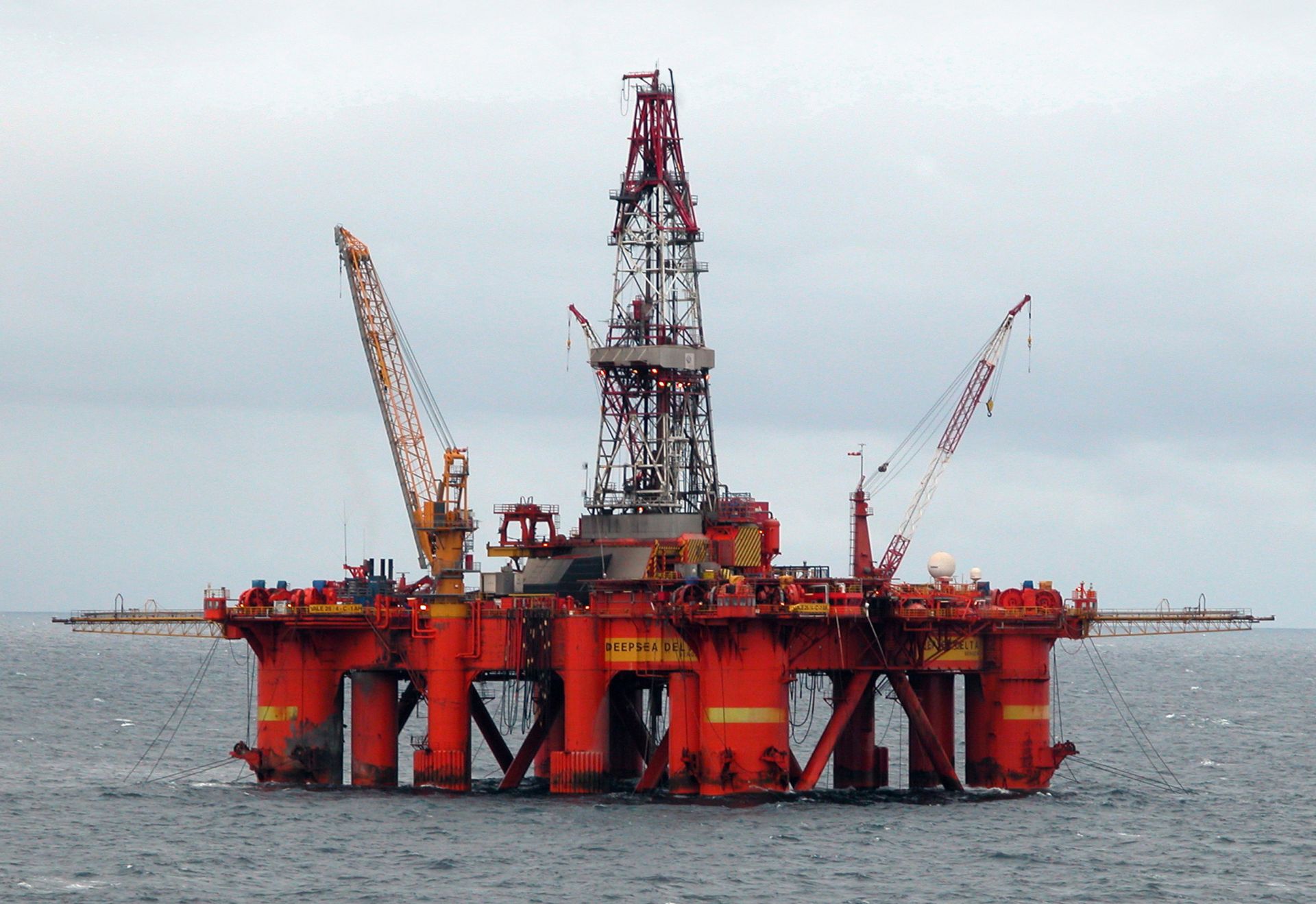
Within the energy sector, the management of projects and megaprojects has historically focused on the planning and delivery of the construction of infrastructure [1–3]. Therefore, policies are more oriented to support the construction of infrastructure rather than its decommissioning. Globally, however, a number of facilities have reached or will soon reach their end of life and need to be decommissioned.
These facilities span the energy sector, including nuclear power plants, oil and gas rigs, mines, dams, etc., whose decommissioning present unprecedented technical and socioeconomic challenges [4–7]. Moreover, the cost of decommissioning and waste management of this array of infrastructure is estimated to reach hundreds of billions of dollars and, for most of these projects, keeps increasing, with limited cross-sectorial knowledge-transfer to mitigate the spiraling increase of these figures.
Cross-sectorial knowledge-transfer is one way to tackle this matter and improve the planning and delivery of decommissioning projects. The aim of our research has been to build a roadmap that is designed to promote the sharing of good practices between projects both within the same industry and across different industrial sectors, focusing specifically on major decommissioning and waste-management challenges.
To reach this aim, our research leverages on the experience of senior industry practitioners and their involvement in the decommissioning and waste management of infrastructure in different sectors. More specifically, this research addresses the following questions:
To what extent can lessons learned be transferred across industrial sectors?
What are the challenges that hinder successful cross-sectorial knowledge-transfer?
What does it mean to be a leader? That question is at the heart of the Young Professionals Congress 2019 (YPC19).
What role can nuclear power play in getting humans to Mars or eliminating climate change? Nuclear energy has an increasing role in medicine and safety and security. Industry leaders, policymakers, and innovators will convene at Purdue for a three-day event: What if Nuclear Innovation Could Change the World? taking place on Sept. 3-5.
Several news items have come in this week which have one common theme - nuclear energy operation on the water.
 Founded by the National Society of Professional Engineers in 1951, Engineers Week (EWeek), is dedicated to ensuring a diverse and well-educated future engineering workforce by increasing interest in engineering and technology careers. This year, consider bringing an engineer into your plans.
Founded by the National Society of Professional Engineers in 1951, Engineers Week (EWeek), is dedicated to ensuring a diverse and well-educated future engineering workforce by increasing interest in engineering and technology careers. This year, consider bringing an engineer into your plans.
Welcome to 2019! I hope everyone who took a break enjoyed it. For those who didn't, why didn't you? Initially, I had thoughts of trying to separate from social media and news to a significant extent during the holidays but, after conversations with Linda Zec (our wonderful ANS staff liaison for the Social Media Team, among many other things) decided that it was impractical to do so for a variety of reasons. So, as the holiday furor ebbed and flowed and I continued, still connected, to read news and year-end summations, I found myself wishing that there wouldn't be so much frustrating news in 2019. That's why I decided to open my eighth calendar year writing for the ANS Nuclear Cafe with a wish list, or "listicle" in the inside jargon, if you prefer. Here, in ascending order of importance (or, I suppose, increasing order of unlikelihood) are my five wishes for this new year in nuclear energy. (All on one screen; no annoying "next" buttons. You're welcome.)
The accident that occurred at Three Mile Island on March 28, 1979, brought about many changes to the nuclear industry. Among the changes was the industry stopping to reflect on current procedures and the training of its employees. Exhorted by the findings of the Kemeny Commission and sponsored by the Department of Energy, industry leaders and training personnel began meeting on improvements to training at the Gatlinburg Conference in the early 1980's.
 ANS member Dr. Christopher Morrison was a recent guest on The Space Show. Dr. Morrison covered space radiation, lifetime radiation limitations, legal limits, rodent GCR and radiation experimentation, terrestrial radiation simulations, space nuclear power & propulsion, super-cooling conductivity.
ANS member Dr. Christopher Morrison was a recent guest on The Space Show. Dr. Morrison covered space radiation, lifetime radiation limitations, legal limits, rodent GCR and radiation experimentation, terrestrial radiation simulations, space nuclear power & propulsion, super-cooling conductivity.